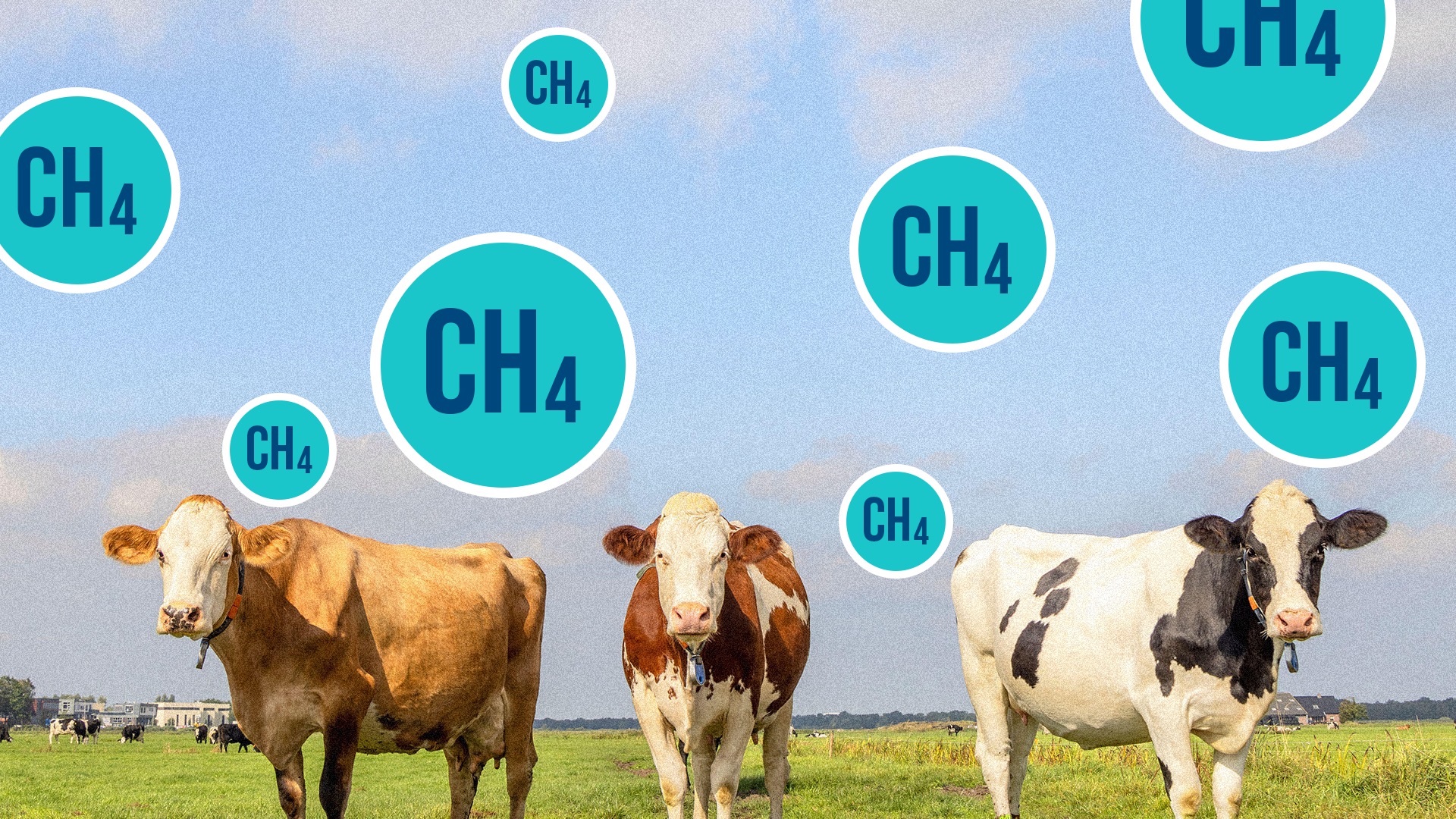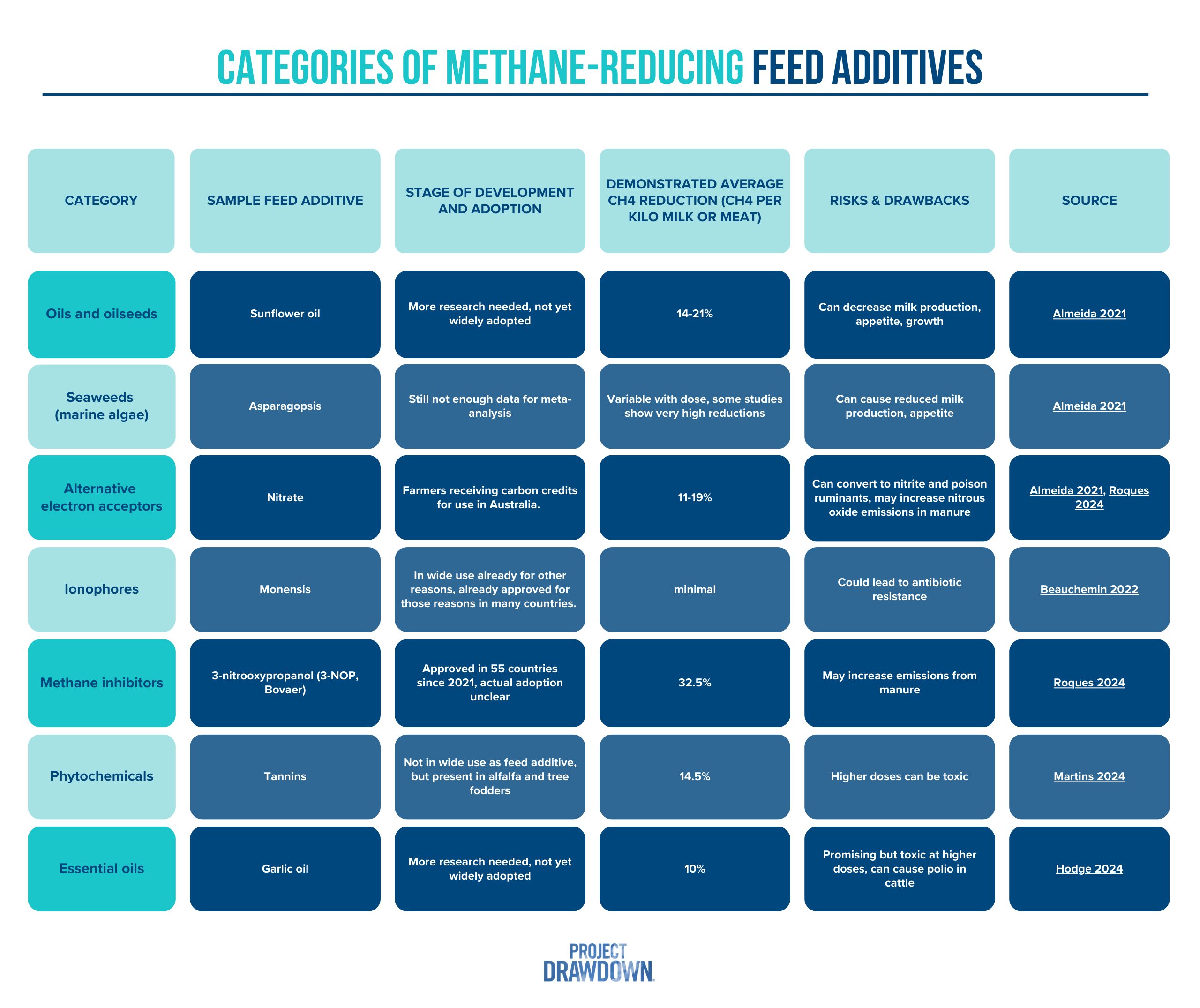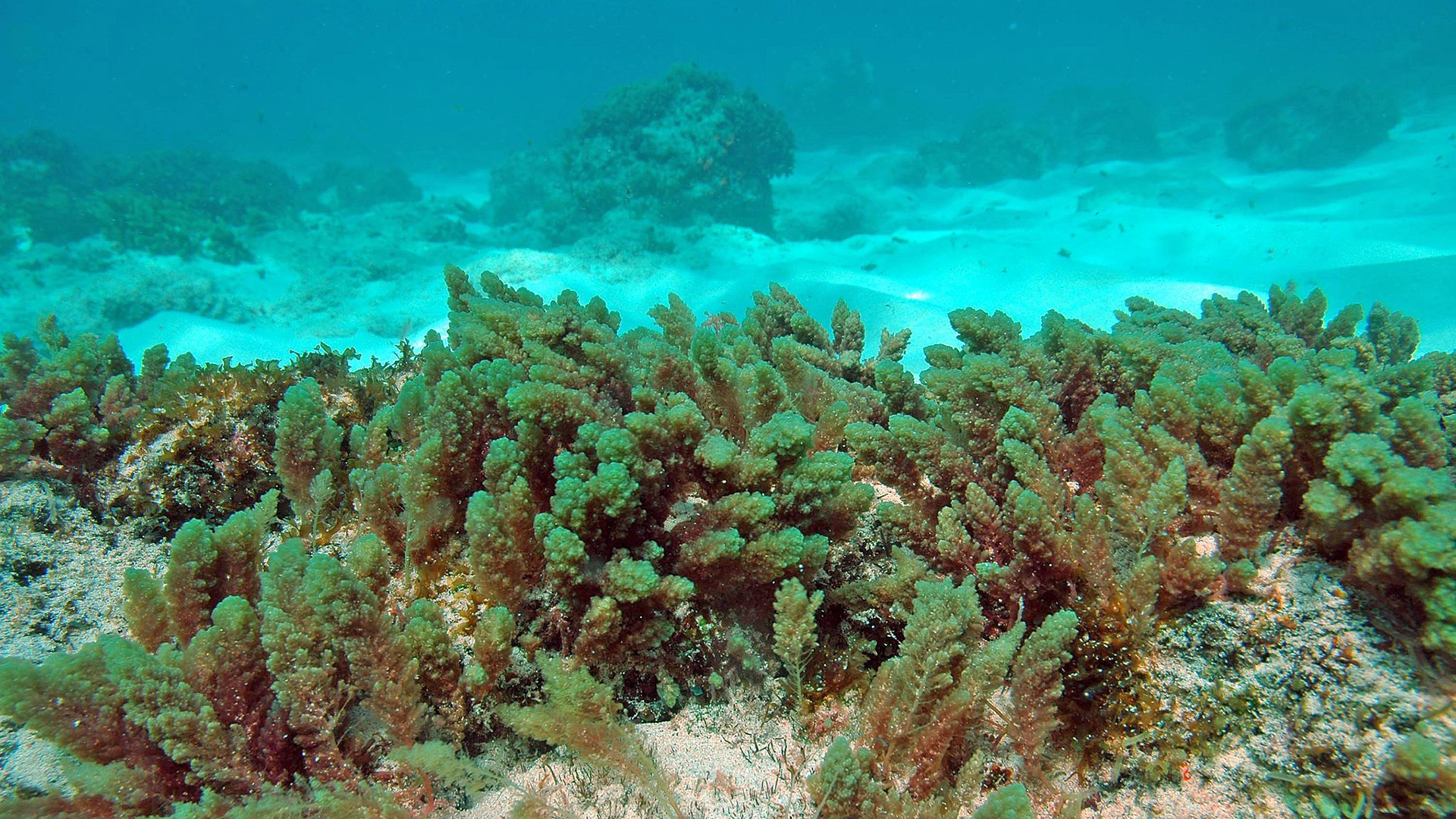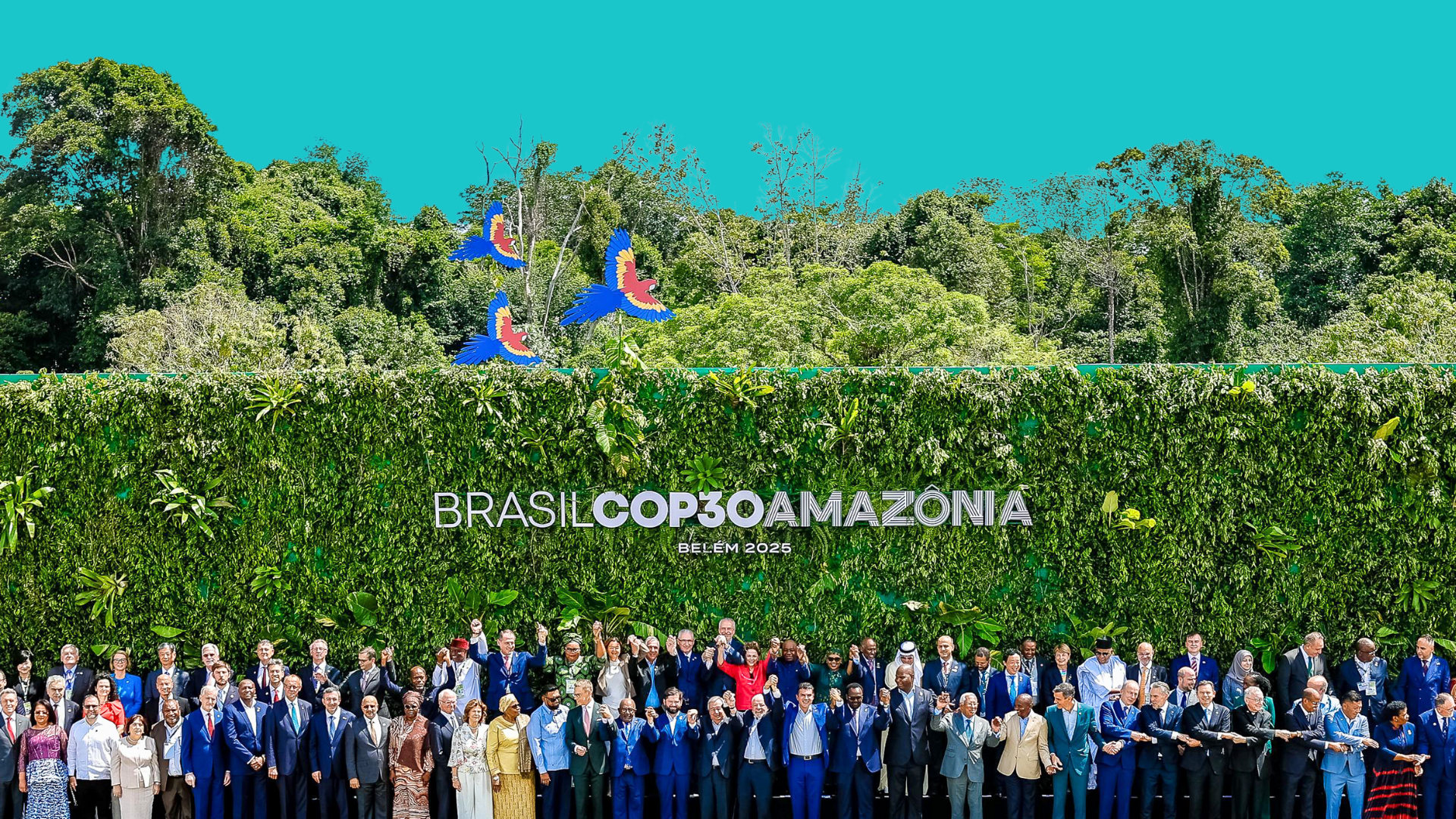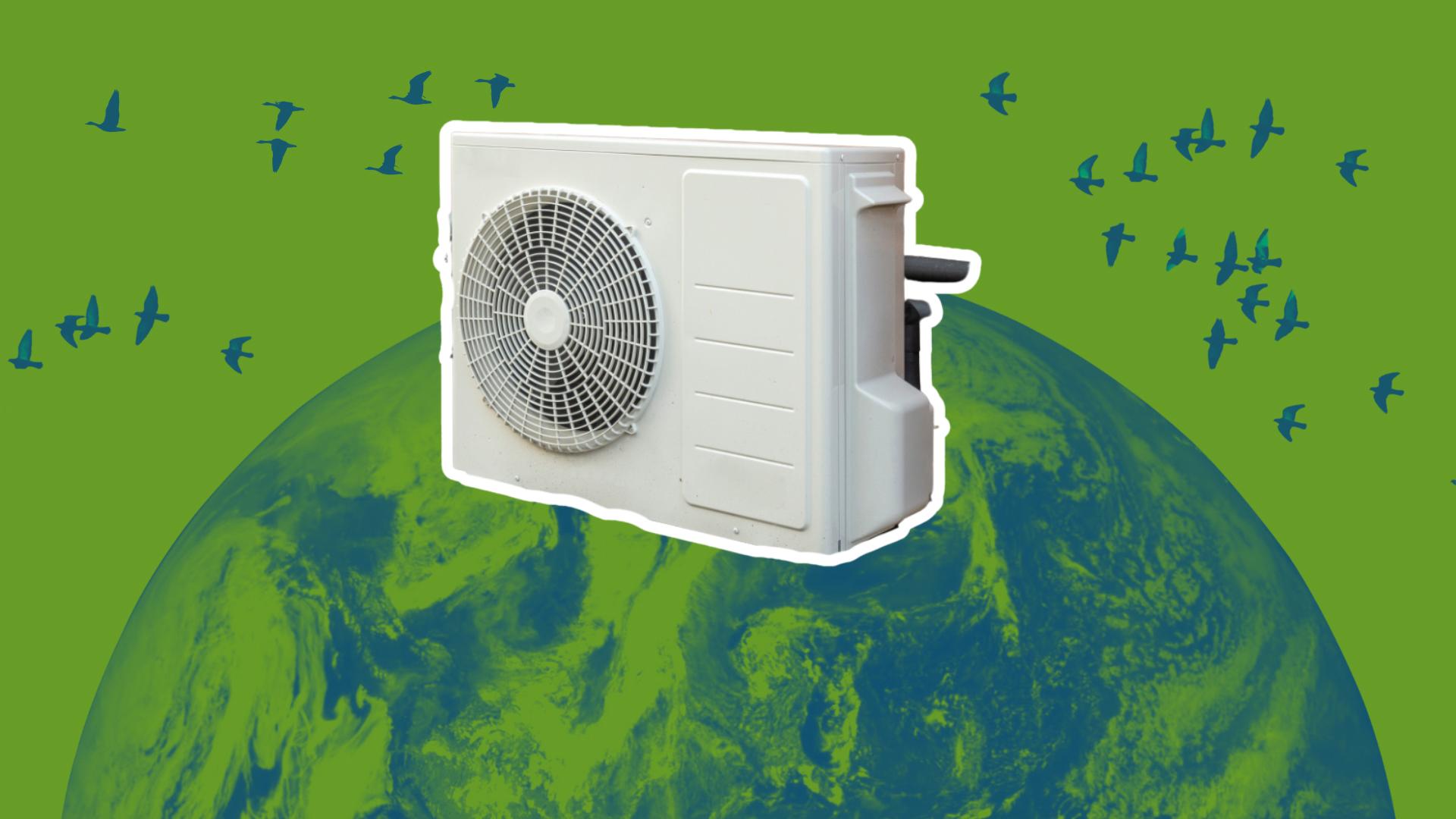Lately, there has been a lot of buzz about adding seaweeds and other ingredients to livestock feed to reduce methane emissions from ruminant animals. (Note this is different than improving cattle feed by switching to high-quality forage such as legumes.) This is understandable. These methane emissions are a big problem; they total 2.1 gigatons of carbon dioxide equivalents per year (Gt CO₂‑eq/yr
), projected to rise to 3.4 gigatons by 2050. Roughly 21% of humanity’s methane emissions are from enteric fermentation. By comparison, all of the world’s flights in 2022 released 0.8 gigatons of carbon dioxide.
Additives make up only about 1% of the feed consumed in a day, but they suppress the action of the group of microbes that produce methane. While much of the discussion in the press has focused on Asparagopsis seaweed, it is only one of hundreds of options within a cluster of several broad classes. (One recent meta-analysis investigated 170 types of methane-reducing feed additives.)
However, of those many additives, just a few have been studied well enough to have predictable outcomes and proper doses, and even fewer are actually in use by farmers, ranchers, or pastoralists.
These categories include plant-based oils, seaweeds, alternative electron acceptors, ionophores, methane inhibitors, phytochemicals, and essential oils. Most of these categories feature many options, though most still need to be thoroughly tested, and few are in wide use yet.
Across these additives, the resulting methane reductions tend to be around 10-30%, a helpful contribution but far from enough to stave off the planet-warming effects of enteric fermentation. In a promising development, initial studies have shown that some different additives can be used together for greater effect. For example, combining 3-NOP with plant-based oils provides a more significant impact than either one alone.
The IPCC reports that the theoretical maximum potential for reducing enteric methane emissions is 0.8 Gt CO₂‑eq
per year, out of the 2.1 Gt total enteric methane emissions, a maximum reduction of 38%. However, of this technical potential, only 0.2 Gt is economically achievable. What’s more, that total includes feed additives and other strategies like breeding for lower emissions and feeding concentrates. So, only about 10% of enteric methane can be reduced, and feed additives are only a subset of that.
Let’s examine two of the most publicized options: Asparagopsis seaweed and 3-NOP.
Two species of Asparagopsis seaweed have been identified with potential as methane inhibitors. There are not yet enough data to be decisive, but reductions range widely. In some cases, livestock show lower milk production and reduced appetite. Bill Gates and others have invested millions of dollars in a startup that is looking to synthesize the key ingredients in Asparagopsis for broad commercialization.
3-NOP (marketed as Bovaer) is a synthetic methane reducer that looks like the first out of the gate for broad adoption. It has been approved for use in 55 countries since 2021, but data about how much it is in use are not yet available. The IPCC rates chemical inhibitors like 3-NOP as a promising and emerging strategy for the near term, and studies show it reduces methane emissions by an average of 32.5%. That’s enough to be important, but far from solving the problem of ruminant methane.
Why such a low potential impact?
Widescale adoption of feed additives faces several barriers. First, it’s not clear how well the majority of options actually work, nor their dosage and possible effects on livestock and human health. Other barriers could include regulatory issues and public acceptance. Importantly, overcoming such barriers through more numerous and lengthy trials requires time and money, two resources that could perhaps be better spent on solutions that reduce emissions today.
Another limitation is that feed additives must be fed daily, sometimes twice daily, usually mixed with concentrate feeds. That makes adoption very difficult in grazing systems where animals are not fed concentrates, which accounts for a huge number of grazing livestock globally. The sheer logistical challenges of globally adopting feed additives are extraordinary. After all, there are over 4–5 billion ruminant livestock on Earth right now. They are typically raised in small herds (maybe a few dozen) in sparsely populated areas. Most of them are roaming around grazing for most of their lifespan. How would feed additives be delivered to these livestock?
Moreover, the extra cost of purchasing feed additives makes adoption difficult in less-resourced countries, particularly for smallholders and pastoralists. That leaves additives as a solution suited primarily to feedlots in Europe and the US, especially for dairy cows, whose methane emissions are typically much higher than for beef cattle. This makes additives something of a niche solution at the global level – only suitable to a small subset of producers.
In short, there are hundreds of potential feed additives to reduce methane from livestock. Most still need to be studied well enough to be put to use. Many have drawbacks, such as the health or productivity of livestock. They reduce some of the methane from enteric fermentation in animals they are fed to, but not nearly enough. And feed additives are not a very helpful strategy for grazing ruminants, which comprise much of global livestock. Even if additives could remove all methane from all ruminant livestock, ruminants still require more land to produce a pound of protein than any other kind of crop or livestock, creating immense deforestation pressure given rising demand.
Someday in the future, you will likely hear, as I did in that committee meeting in 2022, the meat and livestock industries saying that feed additives like 3-NOP will solve their methane problem. But as I’ve laid out here, you should be skeptical: most feed additives are not ready yet; most of those that are ready are not yet in wide use (though 3-NOP is on its way); they won’t ever be relevant to the grazing majority of the world’s livestock; and they can only provide a partial reduction of methane for the animals they are fed to at best. That’s not to say that their potential contribution to reducing some emissions from certain ruminant operations is not welcome. Still, in terms of the global emissions of enteric methane, they are unlikely to play more than a minor supporting role. Worse, they could be used as a smokescreen, distracting and delaying us from the fundamental need to reduce food loss and waste and shift some diets away from such heavy consumption of ruminant protein.
Eric Toensmeier is a senior research fellow at Project Drawdown. He is a writer, trainer, and consultant working on agricultural climate change mitigation, with a special focus on agroforestry and perennial crops.
This work was published under a Creative Commons CC BY-NC-ND 4.0 license. You are welcome to republish it following the license terms.


